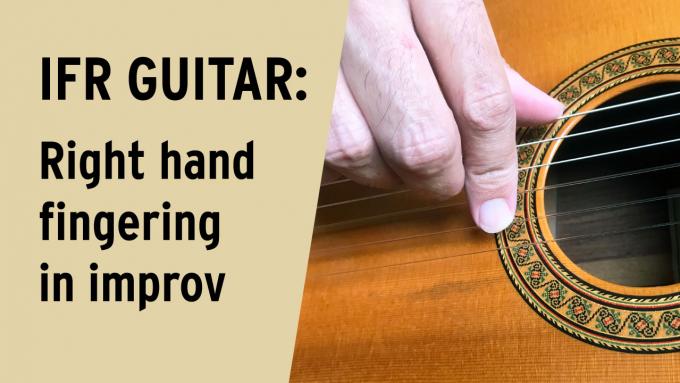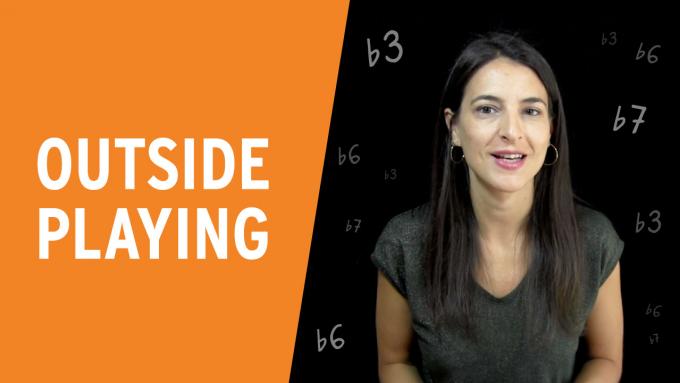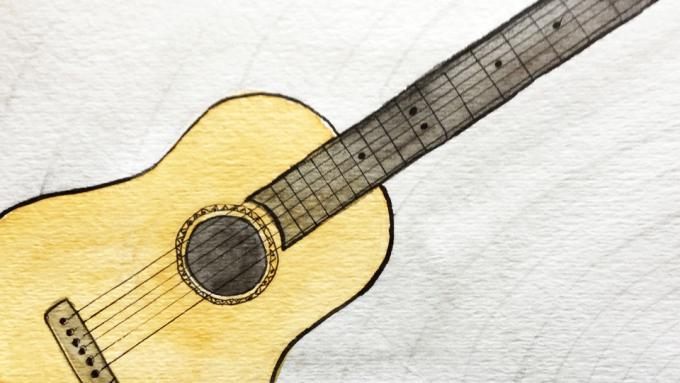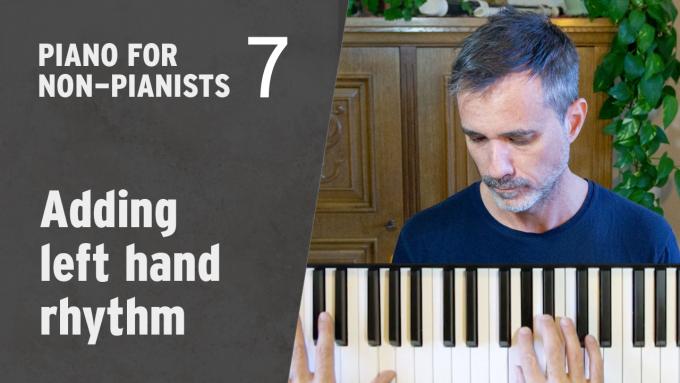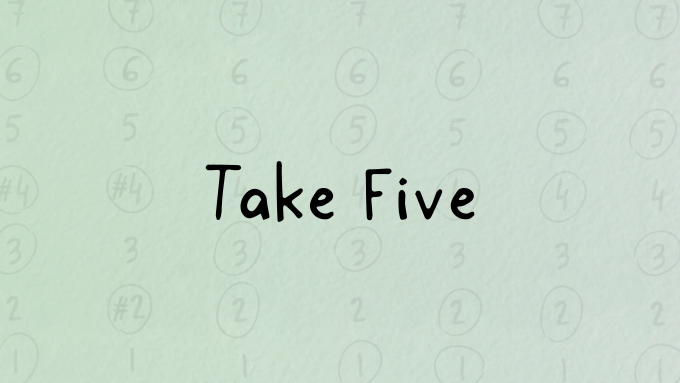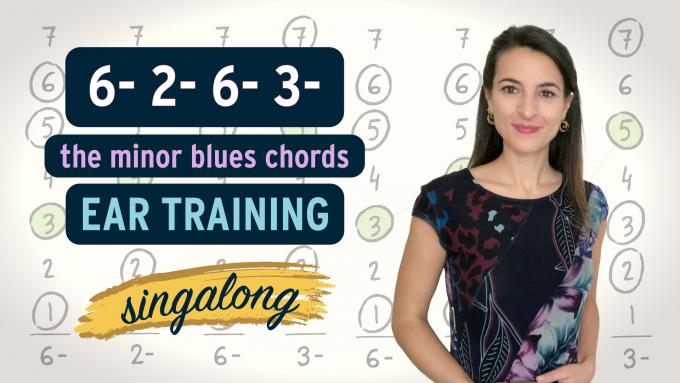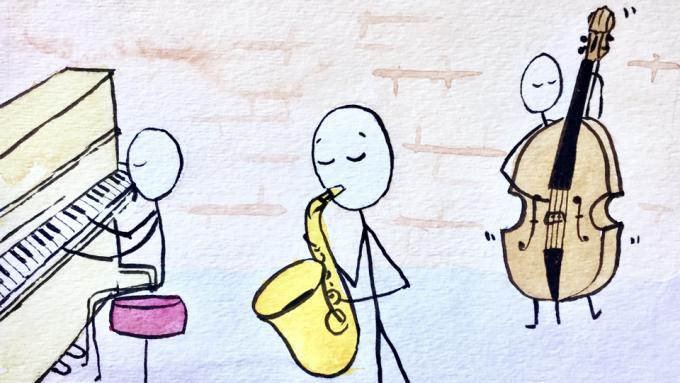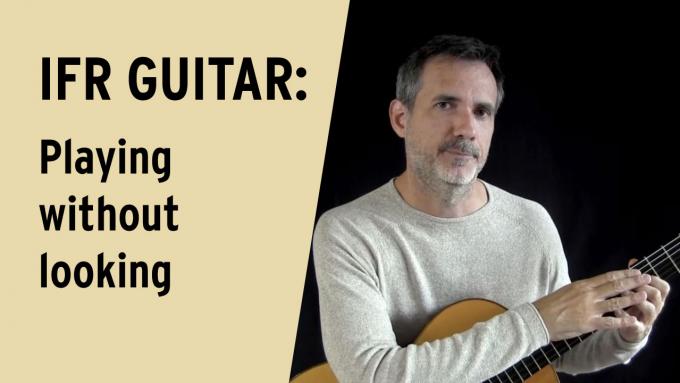In this personal video, I explain why I believe that you should pursue your OWN musical ideas and fascinations just as seriously as you study anything you learn from your music teachers.
An IFR student asks how to incorporate classical right hand fingerstyle technique in the IFR creative exercises. In this video I demonstrate the two most useful right hand techniques to learn first.
In this video I show you how you can use the exact same sounds that you're studying in Seven Worlds in a different way to create some of the exotic sounds of “outside playing”.
I am having difficulty keeping my place when I skip strings. I don't want to fall back into just memorizing scale patterns. I know it takes time to break old habits, but what would you recommend I focus on so I don't get lost as much and develop an effortless flow with the scale degrees?
In this lesson you'll take your first step to incorporating your left hand as a rhythmic self-accompaniment on the piano. You'll start with a basic pulse in the left hand and learn to express right hand phrases and melodies relative to this pulse.
To most people, Paul Desmond's classic jazz standard in 5/4 represents the height of intellectual sophistication. But aside from the turnaround that appears at the very end of the song, the entire chord progression comes directly from the major scale.
In this video we will train our ear with the beautiful chords of the minor blues.
In this video I'll teach you a fantastic creative exercise for learning to see the chord notes in the music all around you. This is the ideal preparation for my chord melody video course.
I really like your approach to improvisation. I’m curious, how do more advanced jazz improvisers use the chord changes in their solos?
Do you wish you could play the guitar without having to look at the fretboard? In this video I'll explain the benefits of learning to play the guitar without looking, and I'll give you some tips on how to learn this ability.

